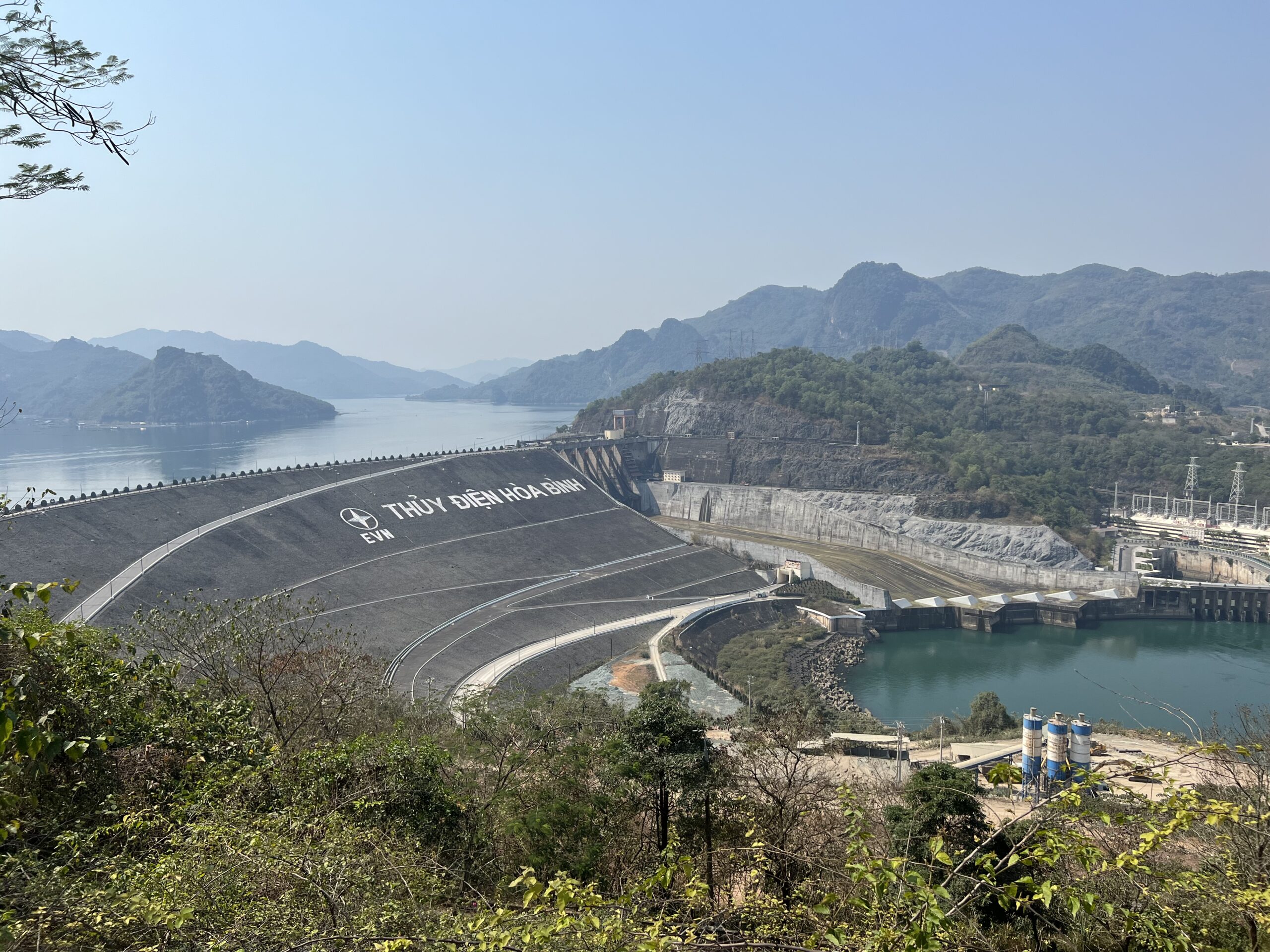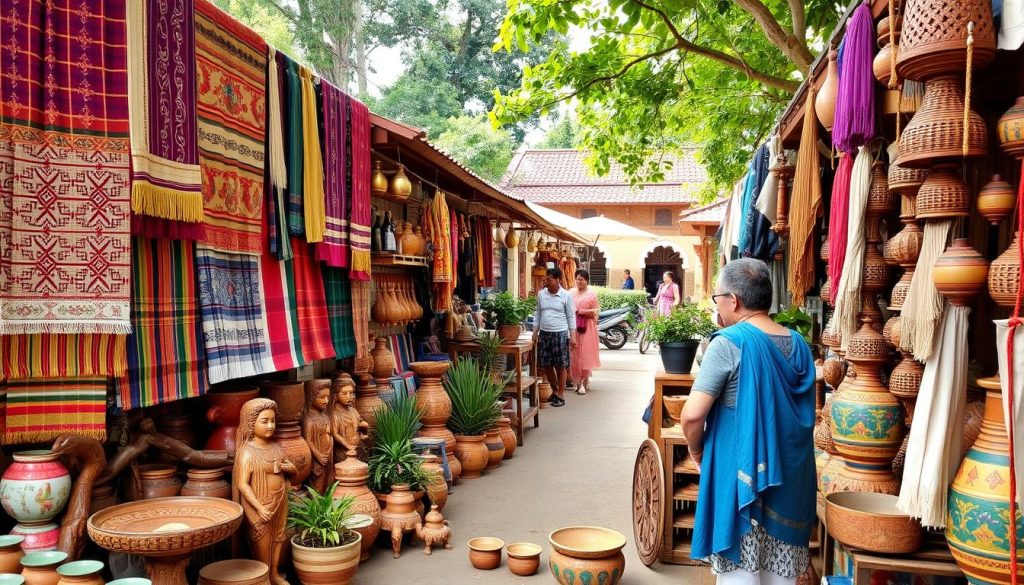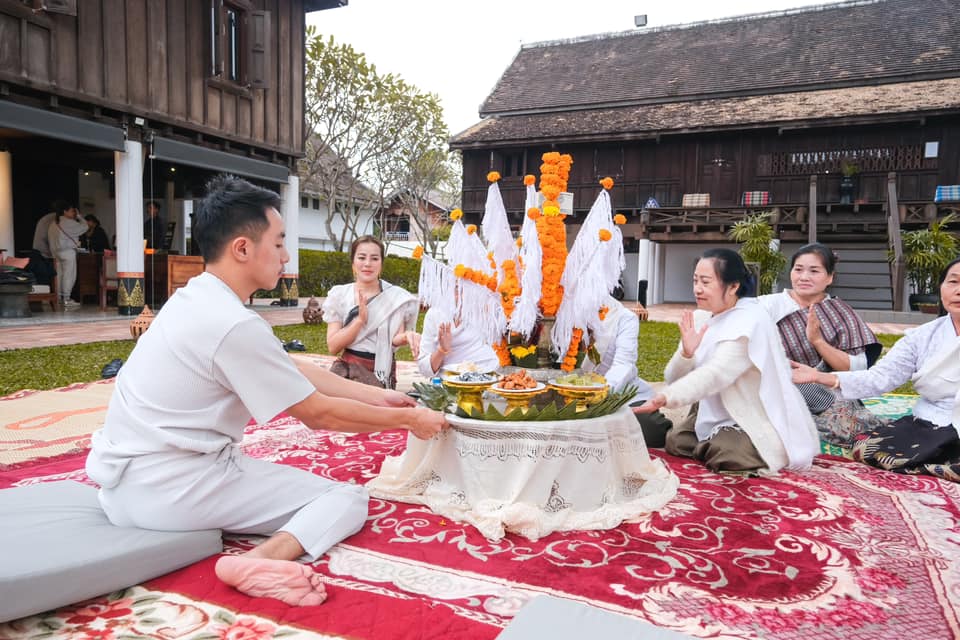1. Overview & Address of the Place
That Dam, also known as the Black Stupa, is a historic monument located in the heart of Vientiane, Laos. It is one of the city’s most important landmarks, wrapped in local legends and historical significance. Originally covered in gold, the stupa now appears dark due to age and weathering, giving it its distinctive black appearance.
Name: That Dam (Black Stupa)
Location: Vientiane, Laos
Coordinates: 17.9659° N, 102.6111° E
Best visited: While exploring Vientiane’s historical sites or seeking cultural enrichment.
2. History of the Place with 10 Key Facts & Google Maps Link
That Dam is not only a historical site but also deeply embedded in local lore:
- Construction Date: Thought to have been constructed in the 16th century, though the exact date is unknown.
- Original Appearance: Originally covered in gold, it now appears black due to weathering and removal of gold during the 1827 Siamese invasion.
- The Naga Legend: Local legend holds that the stupa houses a seven-headed Naga (serpent), which protected the city from invaders.
- Buddhist Symbolism: The stupa represents Buddhist teachings and is a significant religious site for locals.
- Siamese Invasion: The stupa was damaged and looted during the Siamese invasion, losing its golden cover.
- Restoration: Despite damage, it was never fully restored to its former glory, adding to its mystique.
- Name Meaning: “That” means stupa in Lao, and “Dam” means black, referring to the stupa’s color.
- Position in Vientiane: Located in a busy area near the Talat Sao (morning market) and the American Embassy.
- Cultural Role: Still holds great importance for locals, often associated with protection and spiritual energy.
- Surrounding Area: The stupa is situated in a roundabout with a small park, making it a peaceful spot amidst the urban surroundings.
3. What Makes “That Dam” Popular? + Recommended YouTube Video
That Dam is popular for its mystery, historical significance, and its connection to local folklore:
- Cultural Importance: A symbol of Laos’ history, the stupa is believed to offer protection to the city, especially due to the Naga legend.
- Architectural Simplicity: The stupa’s simple, yet imposing form is a stark contrast to the surrounding modern city.
- Mystique: The darkened appearance adds to the legend and makes it a compelling site to visit.
4. Overall Ratings (1 to 5 Stars)
That Dam is highly rated for its cultural importance and atmospheric mystery.
Overall Rating: ⭐⭐⭐⭐☆ (4/5)
Cultural Significance: ⭐⭐⭐⭐⭐ (5/5)
Authenticity: ⭐⭐⭐⭐⭐ (5/5)
Atmosphere & Environment: ⭐⭐⭐⭐☆ (4/5)
Accessibility: ⭐⭐⭐⭐⭐ (5/5)
Tourist Friendliness: ⭐⭐⭐⭐⭐ (5/5)
5. Weather
Vientiane experiences a tropical climate with distinct wet and dry seasons.
Best Time to Visit: November to February (cooler, dry season)
Temperature Range: 25–35°C (77–95°F)
Wet Season: May to October
Rain Gear: Recommended during the wet season.
6. Nearest Five Hotels
For visitors seeking accommodation near That Dam, here are five great options:
- Sabaidee@Lao Hotel: Comfortable, centrally located with convenient access to That Dam.
- Vientiane Plaza Hotel: A short walk from the monument with modern amenities.
- City Inn Vientiane: Budget-friendly and easy access to key landmarks.
- Green Park Boutique Hotel: Offers a relaxing atmosphere with traditional Lao decor.
- Ibis Vientiane Nam Phu: A centrally located hotel with affordable rates.
7. Timings
That Dam is accessible at all times and doesn’t have specific visiting hours.
Opening Hours: Open 24 hours
Best Time to Visit: Evening visits provide a unique ambiance with surrounding lights.
8. Time Required to Visit
A visit to That Dam can be a quick stop or a more reflective experience.
Visit Duration: 30 minutes – 1 hour
Ideal for: History enthusiasts, photographers, and those seeking spiritual insight.
9. Entry Fees & Ticket Booking Details
There is no entry fee to visit That Dam.
Entry Fee: Free
Booking: Not required.
10. Things to See & Do
Visitors can explore the stupa’s surroundings and take in the local history and peaceful ambiance:
- Explore: The stupa’s exterior and surrounding greenery.
- Learn: About the Naga legend and the significance of the monument.
- Photography: Capture the monument against the backdrop of the cityscape.
11. Best Time to Visit
The best time to visit is during the dry season for pleasant weather and fewer crowds.
Best Time: November to February (cooler, dry season)
Time of Day: Evening or early morning for a more peaceful experience.
12. Nearest Parking Spots
Parking is available nearby, with some street parking and public lots around the area.
Street Parking: Available near the monument.
Public Parking: Nearby Patuxai and the city center.
Alternative: Tuk-tuks and bicycles are convenient for getting around the area.
13. Tips for Visitors
- Respect Traditions: Be mindful of the monument’s cultural and spiritual significance.
- Dress Modestly: While visiting religious landmarks, it’s best to dress respectfully.
- Photography: Be cautious with photography, especially during ceremonies or when locals are praying.
- Take Time to Reflect: The stupa’s history and legends offer a great opportunity for reflection.
14. How to Reach the Place
That Dam is easily accessible by tuk-tuk, bicycle, or foot from the city center.
By Tuk-Tuk: Affordable and convenient for short distances.
By Bicycle: A popular way to explore Vientiane at your own pace.
By Foot: Easily accessible from surrounding areas.
Taxi: Quick option for longer trips.
15. Nearby Attractions to Combine for the Visit
While visiting That Dam, consider exploring other nearby landmarks in Vientiane.
- Patuxai (Victory Monument): A short distance away, offering panoramic views of the city.
- Wat Si Saket: The oldest surviving temple in Vientiane.
- That Luang Stupa: The most important religious monument in Laos.
- COPE Visitor Centre: Learn about the history of unexploded ordnance in Laos.
- Mekong Riverfront: A scenic area for dining, shopping, and strolling along the river.



